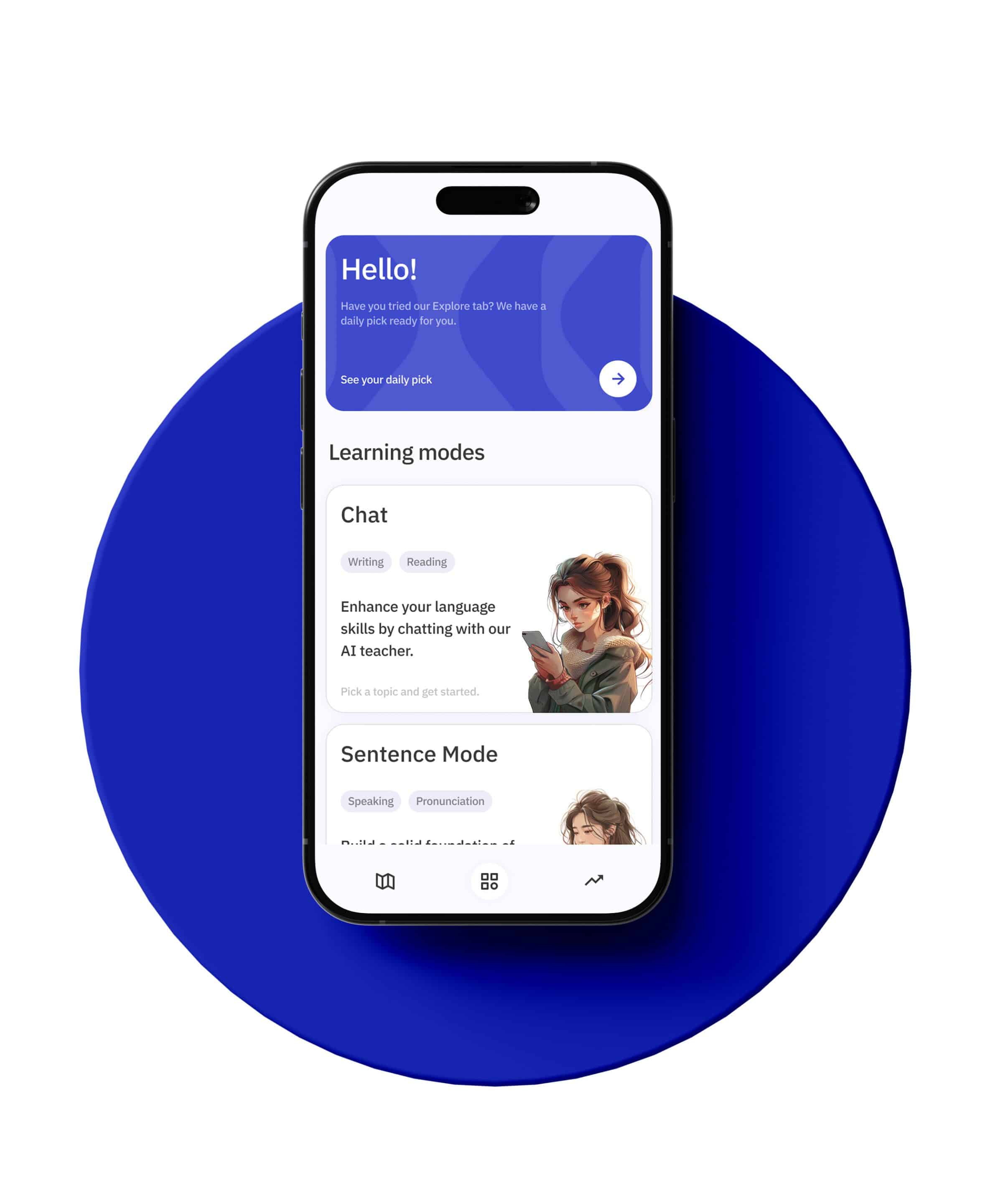Learning the present tense with action verbs in Korean grammar can seem daunting at first, especially for English speakers. However, once you understand the basic rules and patterns, it becomes much more manageable. In this article, we will dive deep into the present tense of action verbs in Korean, helping you understand how to use them correctly in everyday conversation.
Understanding Korean Verb Structure
Before we delve into the present tense, it’s important to understand the basic structure of Korean verbs. Unlike English, where verbs are conjugated based on the subject (I eat, you eat, he eats), Korean verbs are conjugated based on the level of formality and the tense.
A Korean verb is composed of a verb stem and a verb ending. For instance, the verb 하다 (to do) consists of the stem 하 and the ending 다. To conjugate this verb into the present tense, you need to replace 다 with the appropriate present tense ending.
Verb Stems and Endings
The verb stem is the core part of the verb, and it remains unchanged during conjugation. The verb ending, however, changes based on the tense and the level of formality. For present tense, the verb endings are as follows:
1. **Informal polite**: 아요/어요/여요 (ayo/eoyo/yeoyo)
2. **Formal polite**: 합니다 (hamnida)
Let’s break down how to use these endings with different verb stems.
Informal Polite Present Tense
The informal polite form is commonly used in everyday conversation, especially among people of similar age or status. To conjugate a verb into the informal polite present tense, follow these steps:
1. Identify the verb stem by removing 다 from the infinitive form.
2. Determine the correct ending based on the vowel of the last syllable in the verb stem:
– If the last vowel is 아 or 오, add 아요 (ayo).
– If the last vowel is any other vowel, add 어요 (eoyo).
– If the verb stem ends in 하, add 여요 (yeoyo).
Examples
Let’s look at some examples to make this clearer:
1. **가다 (gada) – to go**
– Verb stem: 가 (ga)
– Last vowel: 아 (a)
– Present tense (informal polite): 가요 (gayo)
– Example sentence: 나는 학교에 가요. (I go to school.)
2. **먹다 (meokda) – to eat**
– Verb stem: 먹 (meok)
– Last vowel: 어 (eo)
– Present tense (informal polite): 먹어요 (meogeoyo)
– Example sentence: 나는 밥을 먹어요. (I eat rice.)
3. **하다 (hada) – to do**
– Verb stem: 하 (ha)
– Last vowel: 아 (a)
– Present tense (informal polite): 해요 (haeyo)
– Example sentence: 나는 숙제를 해요. (I do my homework.)
Formal Polite Present Tense
The formal polite form is used in more formal situations, such as in the workplace or when addressing someone of higher status. To conjugate a verb into the formal polite present tense, you generally add -ㅂ니다 (mnida) or -습니다 (seumnida) to the verb stem.
1. Identify the verb stem by removing 다 from the infinitive form.
2. If the verb stem ends in a vowel, add -ㅂ니다 (mnida).
3. If the verb stem ends in a consonant, add -습니다 (seumnida).
Examples
Here are some examples of verbs conjugated into the formal polite present tense:
1. **가다 (gada) – to go**
– Verb stem: 가 (ga)
– Ends in a vowel
– Present tense (formal polite): 갑니다 (gamnida)
– Example sentence: 저는 학교에 갑니다. (I go to school.)
2. **먹다 (meokda) – to eat**
– Verb stem: 먹 (meok)
– Ends in a consonant
– Present tense (formal polite): 먹습니다 (meokseumnida)
– Example sentence: 저는 밥을 먹습니다. (I eat rice.)
3. **하다 (hada) – to do**
– Verb stem: 하 (ha)
– Ends in a vowel
– Present tense (formal polite): 합니다 (hamnida)
– Example sentence: 저는 숙제를 합니다. (I do my homework.)
Irregular Verbs
Just like in English, Korean has its share of irregular verbs. These verbs do not follow the standard rules of conjugation and need to be memorized separately. Here are a few common irregular verbs and their present tense conjugations:
1. **듣다 (deutda) – to listen**
– Verb stem: 듣 (deut)
– Present tense (informal polite): 들어요 (deureoyo)
– Present tense (formal polite): 듣습니다 (deutseumnida)
– Example sentence (informal polite): 나는 음악을 들어요. (I listen to music.)
– Example sentence (formal polite): 저는 음악을 듣습니다. (I listen to music.)
2. **걷다 (geotda) – to walk**
– Verb stem: 걷 (geot)
– Present tense (informal polite): 걸어요 (georeoyo)
– Present tense (formal polite): 걷습니다 (geotseumnida)
– Example sentence (informal polite): 나는 공원에서 걸어요. (I walk in the park.)
– Example sentence (formal polite): 저는 공원에서 걷습니다. (I walk in the park.)
3. **돕다 (dopda) – to help**
– Verb stem: 돕 (dop)
– Present tense (informal polite): 도와요 (dowayo)
– Present tense (formal polite): 돕습니다 (dopseumnida)
– Example sentence (informal polite): 나는 친구를 도와요. (I help my friend.)
– Example sentence (formal polite): 저는 친구를 돕습니다. (I help my friend.)
Usage in Sentences
Now that you understand how to conjugate action verbs into the present tense in both informal and formal polite forms, it’s important to see how they are used in sentences. Here are some more examples to solidify your understanding:
Informal Polite Examples
1. **나는 책을 읽어요. (I read a book.)**
– Verb: 읽다 (to read)
– Present tense (informal polite): 읽어요 (ilgeoyo)
2. **나는 텔레비전을 봐요. (I watch television.)**
– Verb: 보다 (to see/watch)
– Present tense (informal polite): 봐요 (bwayo)
3. **나는 친구와 이야기해요. (I talk with my friend.)**
– Verb: 이야기하다 (to talk)
– Present tense (informal polite): 이야기해요 (iyagihaeyo)
Formal Polite Examples
1. **저는 책을 읽습니다. (I read a book.)**
– Verb: 읽다 (to read)
– Present tense (formal polite): 읽습니다 (ilgseumnida)
2. **저는 텔레비전을 봅니다. (I watch television.)**
– Verb: 보다 (to see/watch)
– Present tense (formal polite): 봅니다 (bomnida)
3. **저는 친구와 이야기합니다. (I talk with my friend.)**
– Verb: 이야기하다 (to talk)
– Present tense (formal polite): 이야기합니다 (iyagihamnida)
Common Mistakes to Avoid
When learning to conjugate verbs in the present tense, beginners often make mistakes. Here are some common pitfalls and how to avoid them:
1. **Mixing up verb endings**: Ensure you’re using the correct ending based on the vowel in the verb stem. Remember, 아요/어요/여요 for informal polite and -ㅂ니다/-습니다 for formal polite.
2. **Forgetting irregular verbs**: Irregular verbs often don’t follow the standard rules. Make sure to study and memorize these separately.
3. **Not considering formality**: Always be aware of the context and the level of formality required. Using informal speech in a formal setting can be considered rude.
Practice Makes Perfect
To master the present tense in Korean, practice is essential. Here are some tips to help you practice effectively:
1. **Use flashcards**: Create flashcards with the verb in its infinitive form on one side and the present tense conjugation on the other. Practice regularly until you can recall them instantly.
2. **Engage in conversation**: Try to use these verbs in real-life conversations. The more you use them, the more natural they will become.
3. **Watch Korean media**: Listen to how native speakers use these verbs in context by watching Korean dramas, movies, or listening to Korean songs.
Additional Resources
For further study, consider using these resources:
1. **Textbooks**: Books like “Integrated Korean” or “Korean Grammar in Use” offer structured lessons and exercises.
2. **Online courses**: Websites like Talk To Me In Korean or Coursera offer comprehensive Korean language courses.
3. **Language exchange**: Platforms like HelloTalk or Tandem allow you to practice with native Korean speakers.
In conclusion, understanding and using the present tense with action verbs in Korean requires some initial effort, but with practice and the right resources, it can become second nature. Remember to pay attention to the verb stem and the appropriate ending based on the level of formality. Happy learning!







